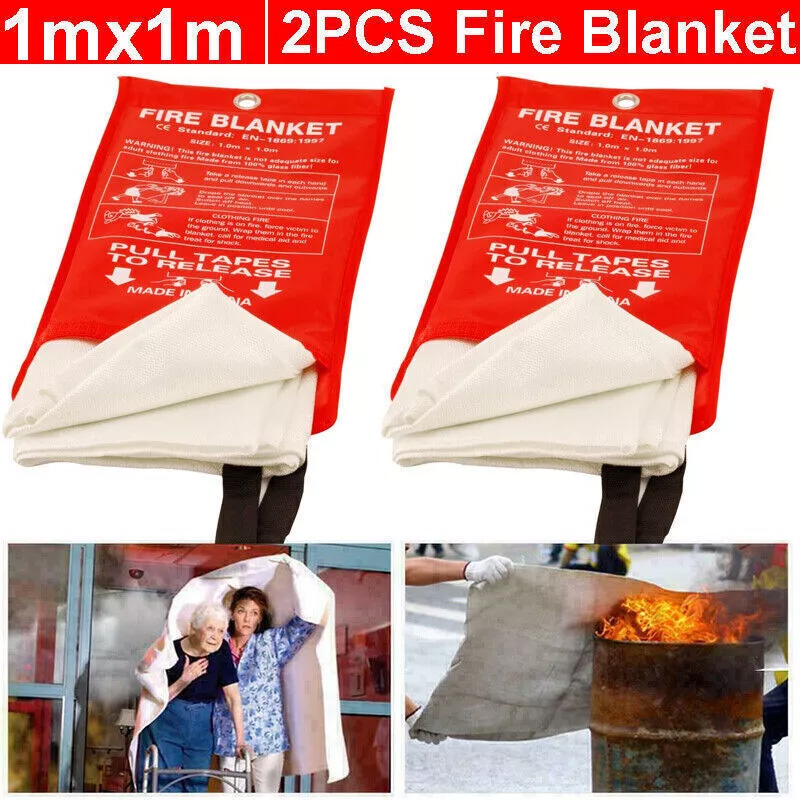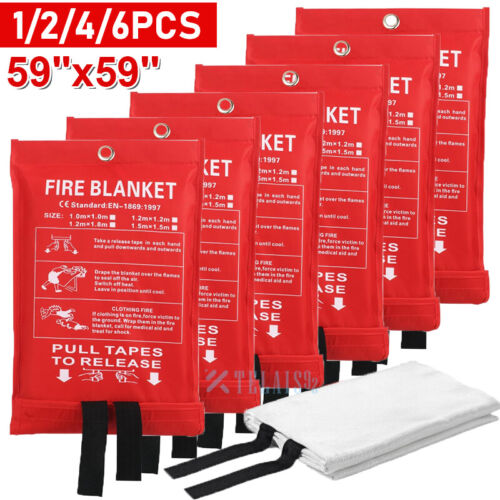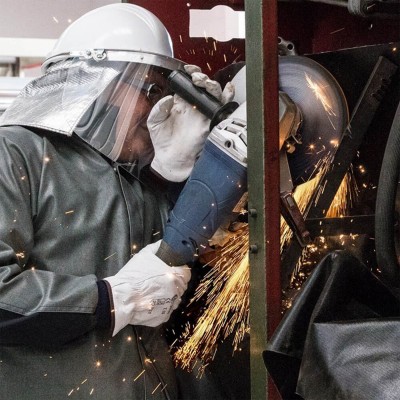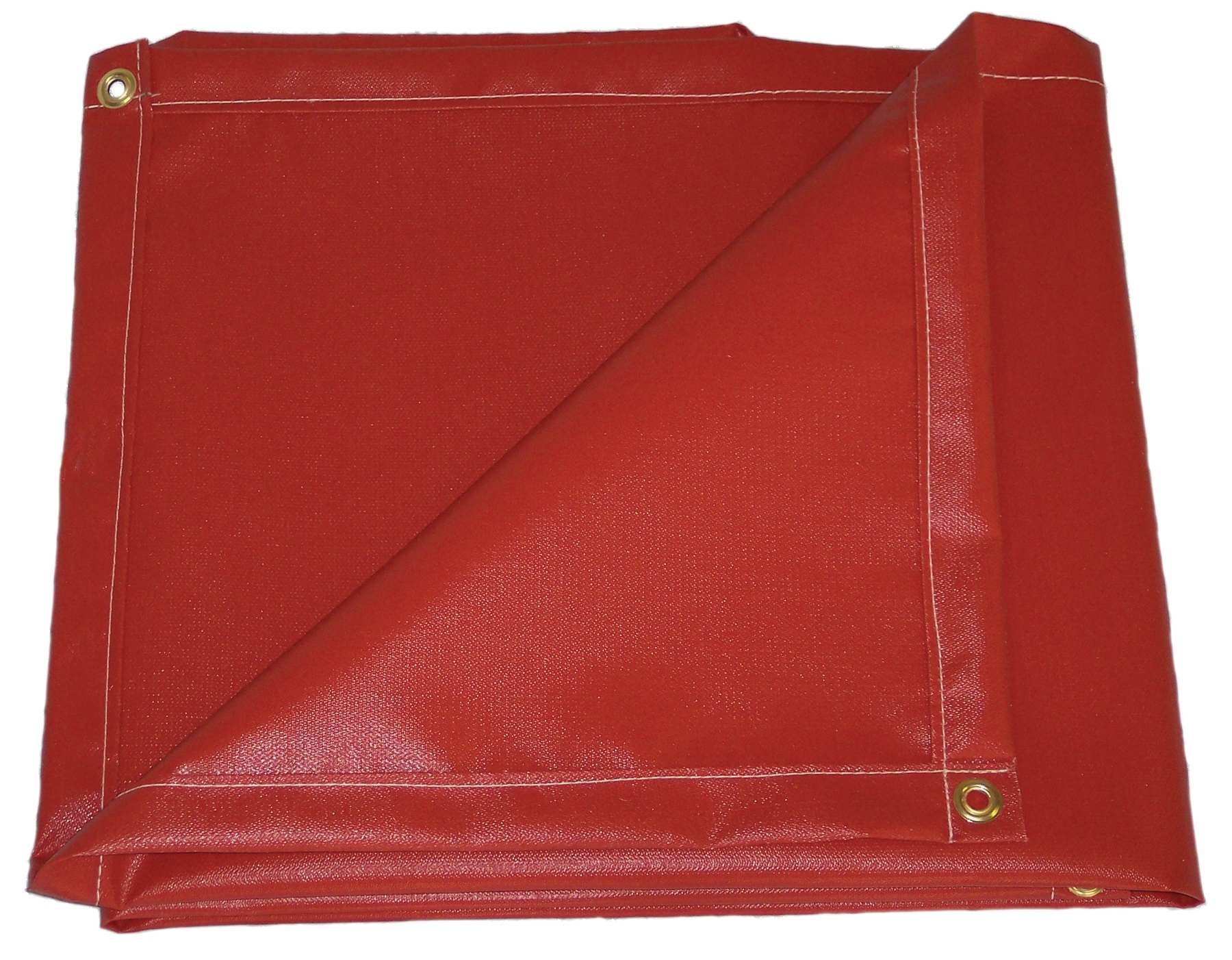Fire Resistant Blanket Insulation: Safety & Thermal Protection Guide
Summary:Fire resistant blanket insulation provides thermal protection and fire safety for homes and industries. This guide explains its materials, applications, installation tips, and benefits for effective fire prevention and energy efficiency.
What Is Fire Resistant Blanket Insulation?
Fire resistant blanket insulation is a specialized material designed to resist high temperatures while providing thermal insulation. Unlike regular insulation, it's made from non-combustible materials like fiberglass, ceramic fibers, or mineral wool that can withstand temperatures up to 1200°F (650°C) or higher.
Key Materials in Fireproof Blankets
Quality fire resistant blanket insulation typically contains:
- Fiberglass: Affordable and effective for temperatures up to 1000°F
- Ceramic fibers: Excellent for extreme heat up to 2300°F
- Mineral wool: Provides both fire resistance and soundproofing
- Basalt fibers: Naturally fireproof and environmentally friendly
Where to Use Fire Resistant Blanket Insulation
You should consider fire resistant blanket insulation for:
- Attics and walls in wildfire-prone areas
- Industrial equipment insulation
- Fireplace and chimney surrounds
- HVAC duct insulation
- Electrical panel protection
- Garages and workshops with heat sources

Installation Best Practices
When installing fire resistant blanket insulation:
- Wear protective gear (gloves, mask, long sleeves)
- Measure and cut precisely to avoid gaps
- Secure with fire-resistant fasteners or adhesives
- Overlap seams by at least 2 inches for complete coverage
- Keep away from electrical wiring unless specifically rated
Benefits Beyond Fire Protection
While fire safety is the primary purpose, fire resistant blanket insulation also offers:
- Improved energy efficiency (reduces heat transfer)
- Sound dampening properties
- Moisture resistance in many formulations
- Long lifespan (typically 20+ years)
- Low maintenance requirements
Safety Ratings to Look For
When choosing fire resistant blanket insulation, check for these certifications:
- ASTM E84 (surface burning characteristics)
- UL 723 (fire resistance rating)
- NFPA 701 (flame resistance)
- Class A fire rating (highest level of fire resistance)
Maintenance and Care
To maintain your fire resistant blanket insulation:
- Inspect annually for damage or compression
- Clean gently with a vacuum (no water or chemicals)
- Replace if you notice significant deterioration
- Keep away from oil or grease contamination
Cost Considerations
Fire resistant blanket insulation typically costs 20-50% more than standard insulation, but offers:

- Potential insurance discounts for fireproofing
- Long-term savings from reduced energy bills
- Added property value from safety features
- Lower risk of costly fire damage
Conclusion
Fire resistant blanket insulation provides essential protection for both homes and businesses. By understanding its materials, proper installation, and maintenance requirements, you can significantly improve your property's fire safety while benefiting from better thermal performance. Always purchase from reputable manufacturers and follow local building codes for maximum protection.






